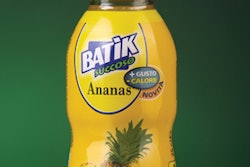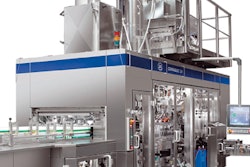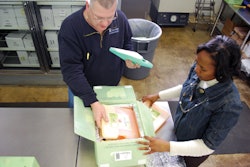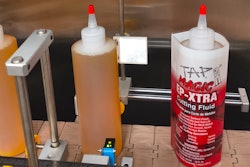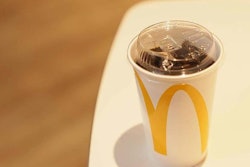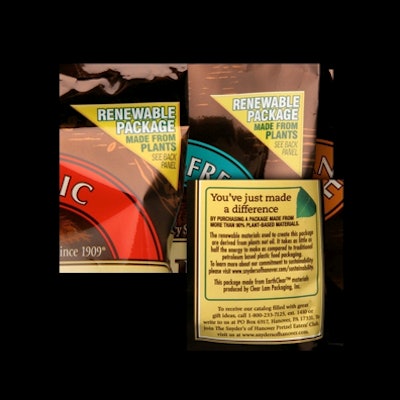
Following in the footsteps of Frito-Lay, pretzel maker Snyder’s of Hanover has become the second U.S. snack maker to introduce packaging made from renewable materials.
The new bag, supplied by Clear Lam Packaging, Inc., http://www.clearlam.com/ has been created for the pretzel brand’s organic product line and uses renewable raw materials that are 90% plant-based.
"Our launch of this new renewable, plant-based packaging is just the latest example of our company's commitment to utilizing products and practices that minimize negative effects on the environment," snydersofhanover.com/sustainability says Claude O'Connor, vice president of marketing at Snyder's of Hanover.
According to Clear Lam, during a year of research and development, it replaced conventional petroleum-based plastics with a unique material derived primarily from renewable Ingeo PLA (polylactic acid) from NatureWorks, LLC. When compared to traditional petroleum-based packaging, the renewable raw materials are said to be produced with as little as half the energy and generate as little as 52% fewer greenhouse gas emissions in the manufacturing process.



